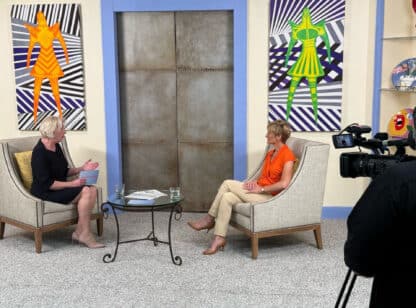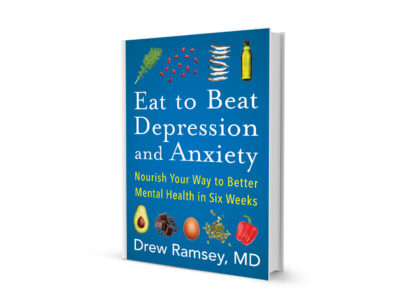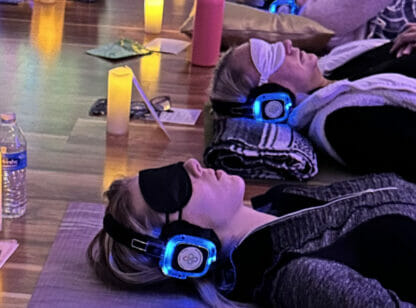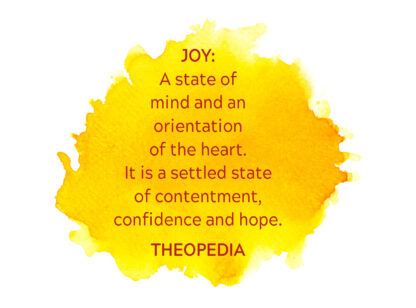Over the past month, I have seen a surge of patients presenting with anxiety and/or depression in my practice. “I am so scared, scared to go out, scared to be home alone, scared of how I am going to pay my bills, and scared that my family members and friends could die in the next few weeks. I don’t know what to do,” said one patient recently.
Although this particular patient was feeling it all, everyone has probably experienced some variation of at least one of these thoughts over the past few weeks. In the context of what is going on right now with COVID-19, we call this situational anxiety and/or depression and expect most of it will dissipate once the pandemic passes. However, as we don’t know how long that is going to be, it is especially important to educate and empower patients with knowledge about how stress can affect their long-term health and what they can do about it.

To put it simply, stress increases the number of inflammatory markers in our bloodstream which, in turn, decrease our immunity, making us more susceptible to infections, and putting us at higher risk of developing chronic disease states such as autoimmune conditions, dementia, diabetes and heart disease, to mention a few.
One of the most powerful things someone experiencing these thoughts can contemplate is how much their worry will change the outcome of that which they are worried about. In most cases, the answer is not at all.
I love to adapt the concept of Steven Covey’s Circle of Influence from his book The 7 Habits of Highly Effective People. I ask the patient to draw a circle about the size of a plum and then draw a circle around that about the size of a big salad plate. The small circle represents their circle of influence and in this area, they are to write the things they can change or influence by worrying about them. The space outside of the small circle and inside the big circle is where they write all the things they worry about that their worry can’t change. This is a powerful visual exercise to help patients see there is very little they can control or change by worrying about it. This realization has helped many patients create a positive thought habit when they find themselves feeling overwhelmed with worry, and in turn, make a conscious decision to not worry.
In addition to decreasing the time spent as a “worrywart,” there are a few essential lifestyle habits that also help with anxiety and depression such as getting seven to nine hours of quality sleep, 15- to 30-minutes of daily exercise and eating a rainbow of fresh whole foods. But there is something more you can do, and it is very powerful. If you are my patient, you will not leave the office without learning about it…
Meditation. Not only has this practice shown to directly decrease symptoms of anxiety and depression, but it also has been shown in studies to reduce blood levels of inflammatory markers.
The best part is that it is very simple to incorporate. I recommend downloading a meditation app (there are many free ones) and starting a practice of meditating 5-minutes twice a day. Over time, you slowly work up to 15 to 30-minutes twice a day, usually upon wakening and before bed.
Another fact that surprises patients is that for mild to moderate depression and anxiety, walking briskly for 30 minutes was found to be just as effective as commonly prescribed medications. So, adding a brisk walk and getting outside, whether it’s in your yard or your neighborhood, also can help with the feelings of overwhelm.
Of course, some patients need anti-anxiolytic and antidepressant prescription medications and that is absolutely fine. Adding these other holistic modalities is not going to detract from the benefits of medication and will most likely work in synergy to produce a stronger sense of overall well-being.
Dr. Fayssoux is an integrative primary care practitioner with Ohm & Oot Wellness Medicine in Palm Desert and can be reached at (760) 469.9900. For more information visit www.KinderFayssouxMD.com.

















































Comments (0)